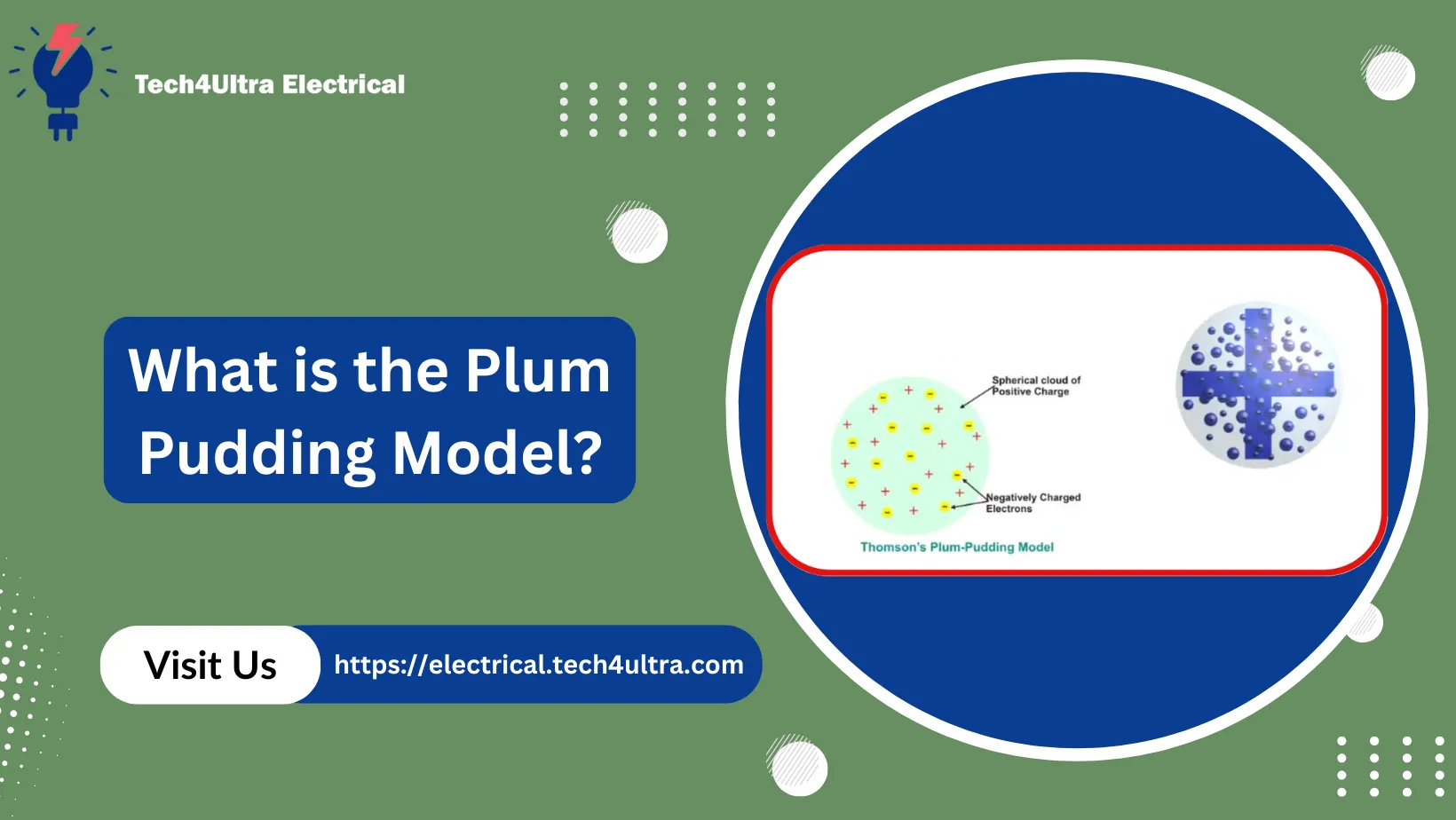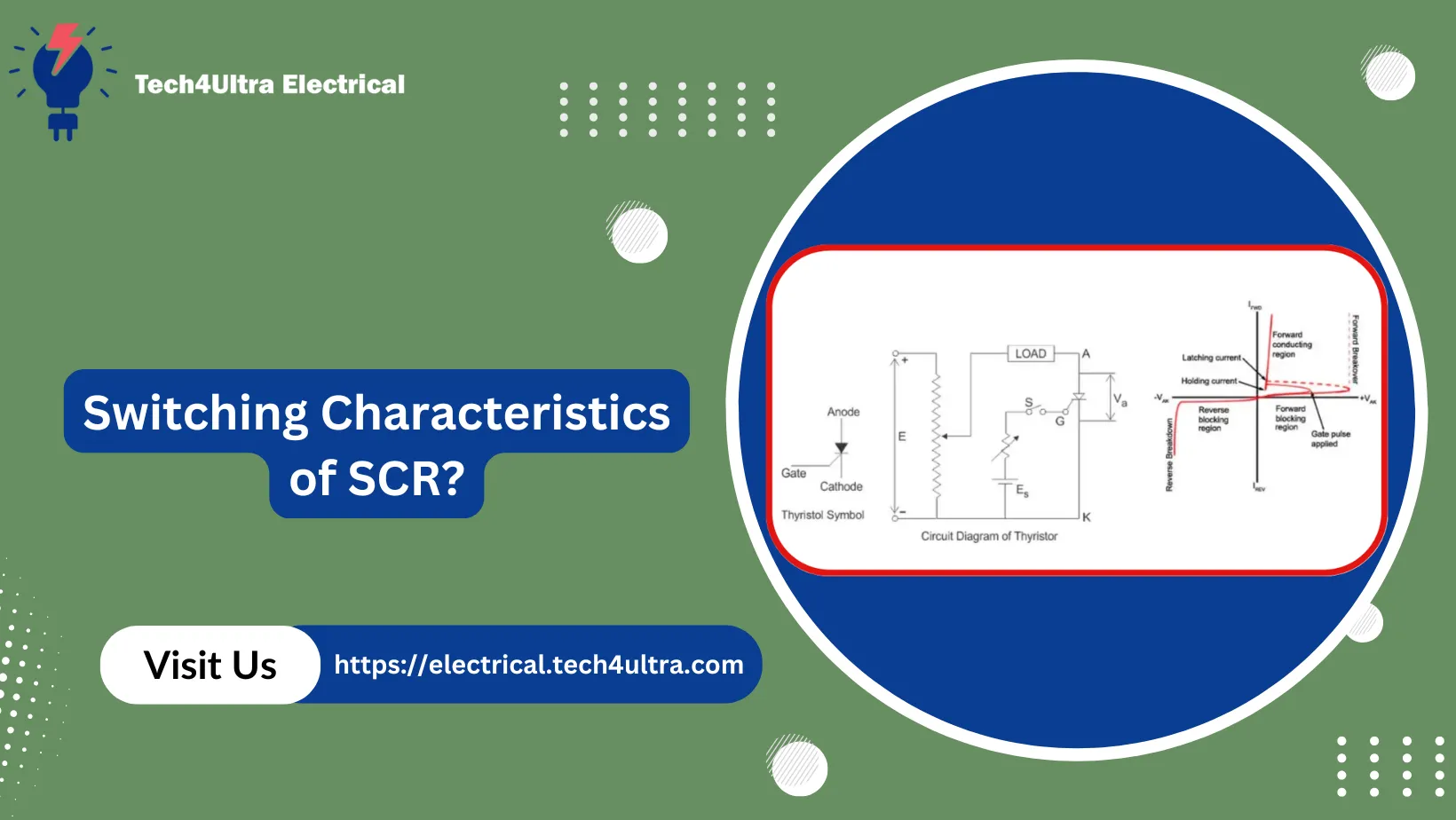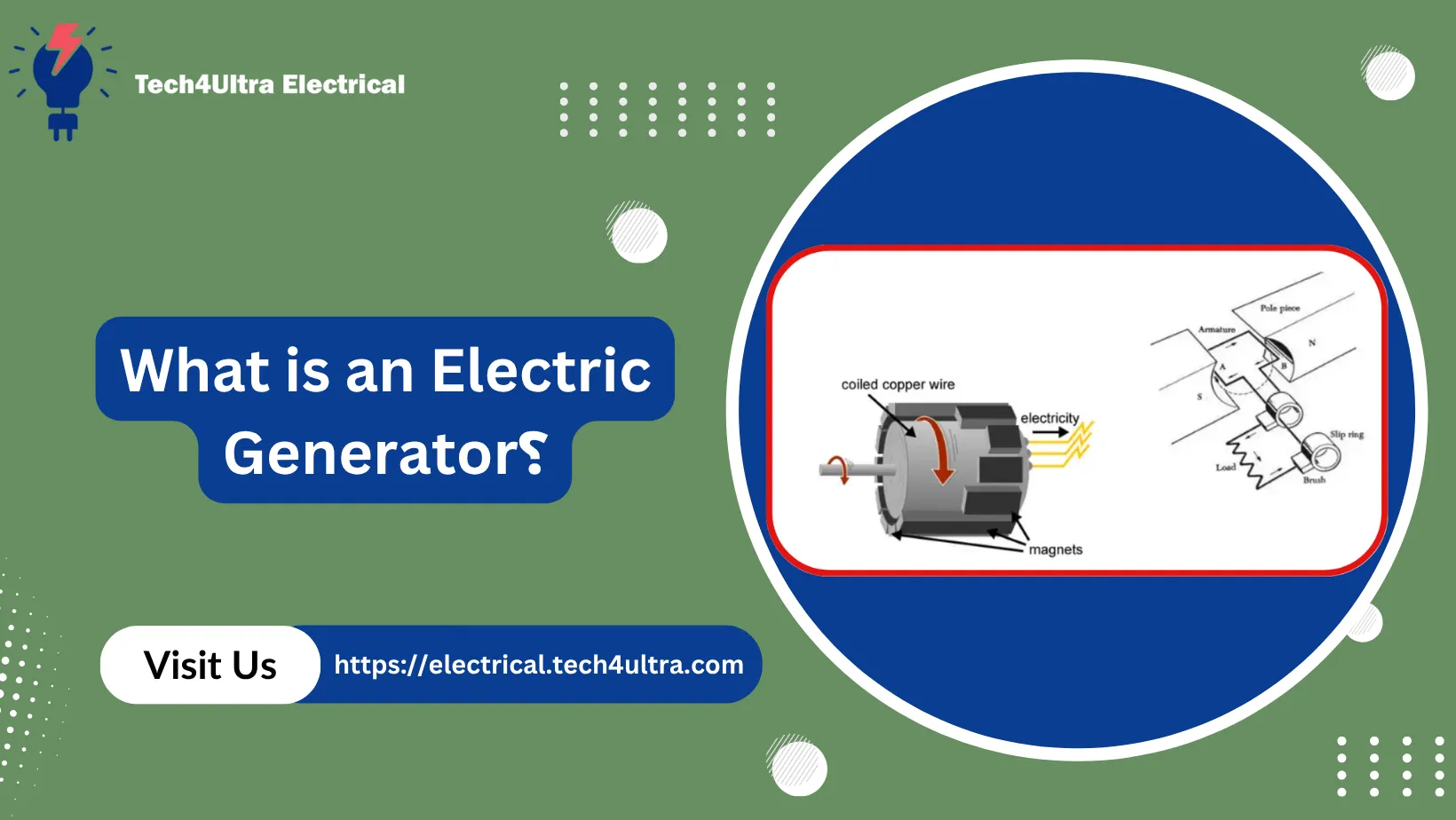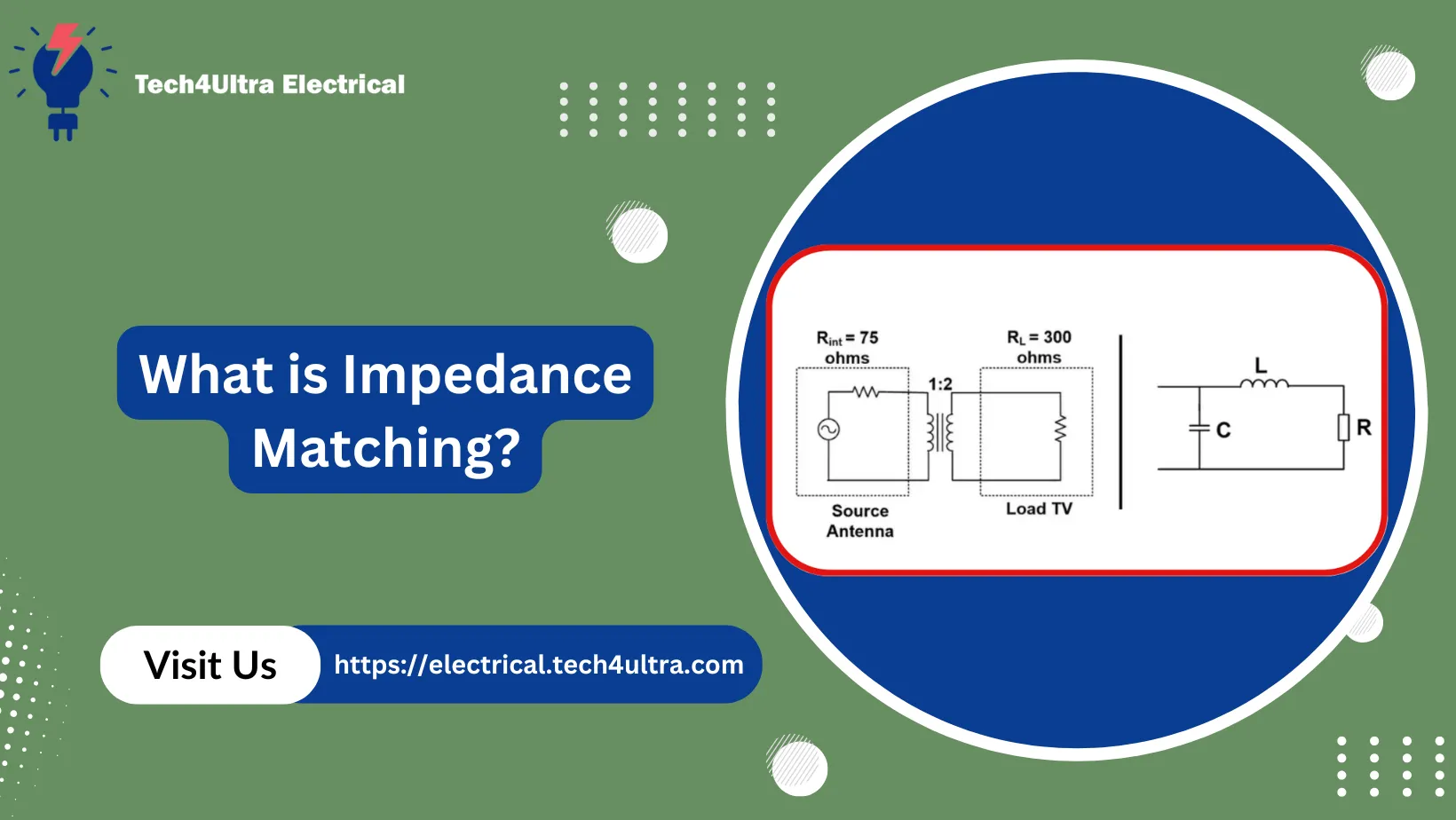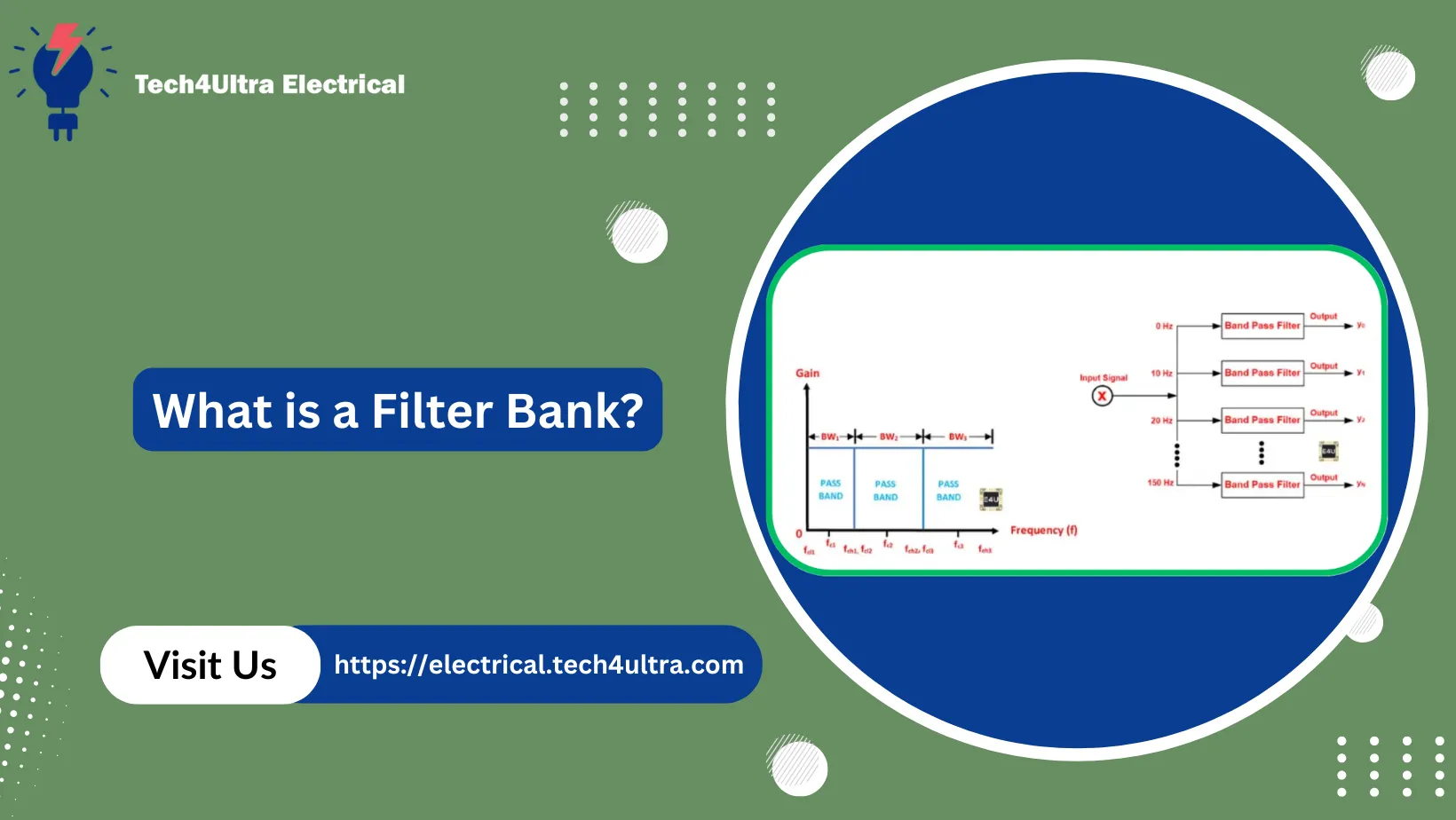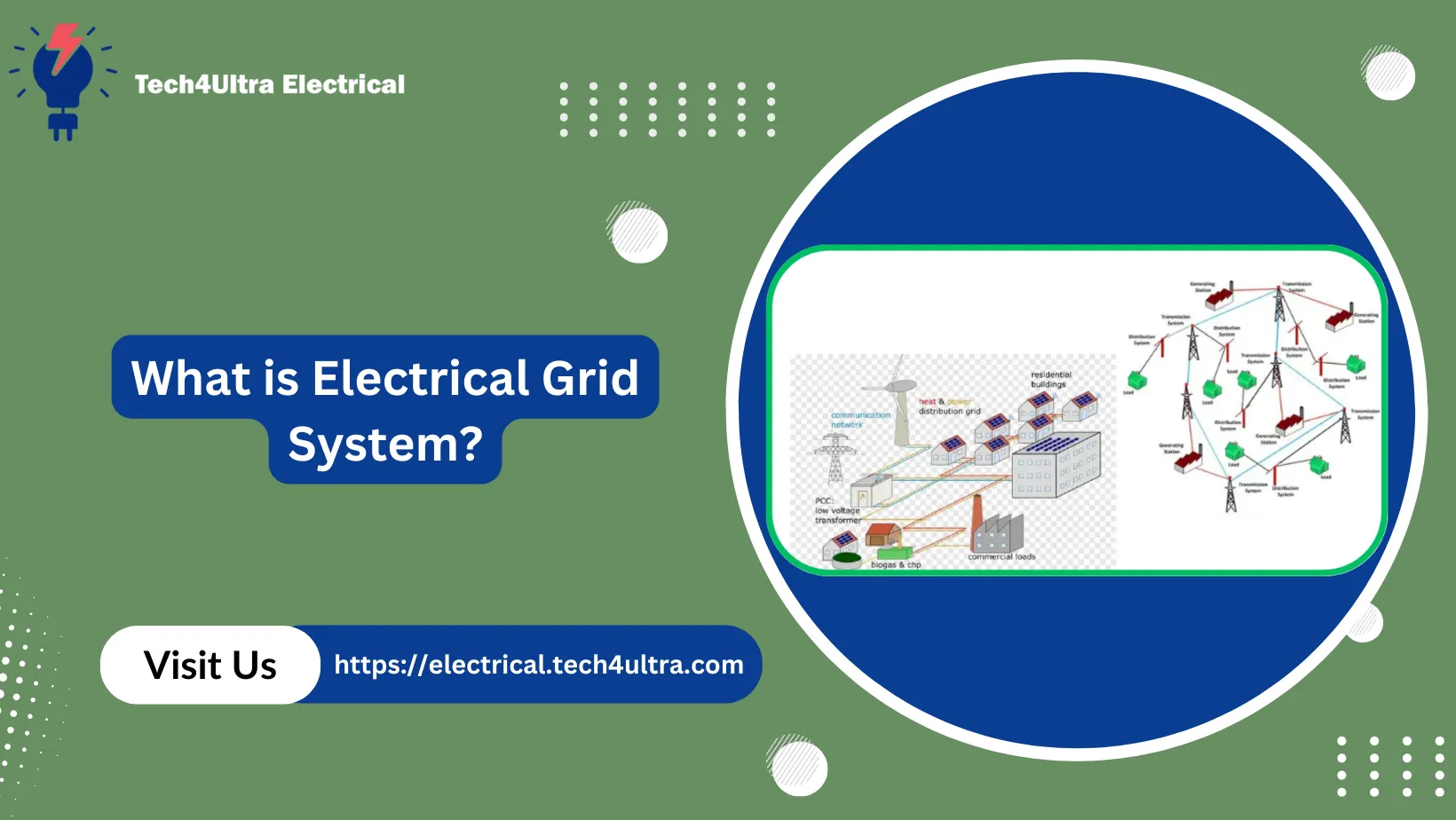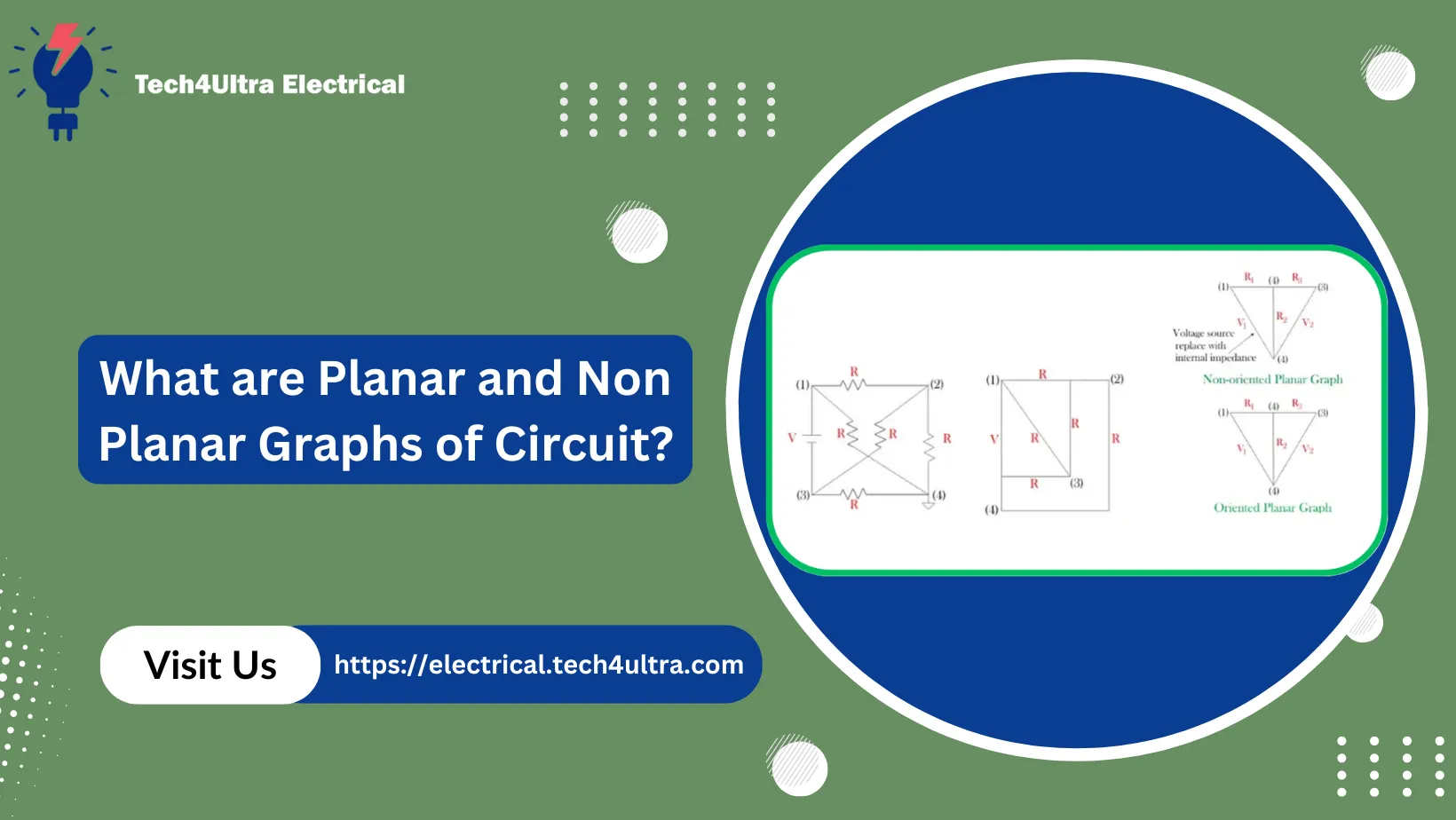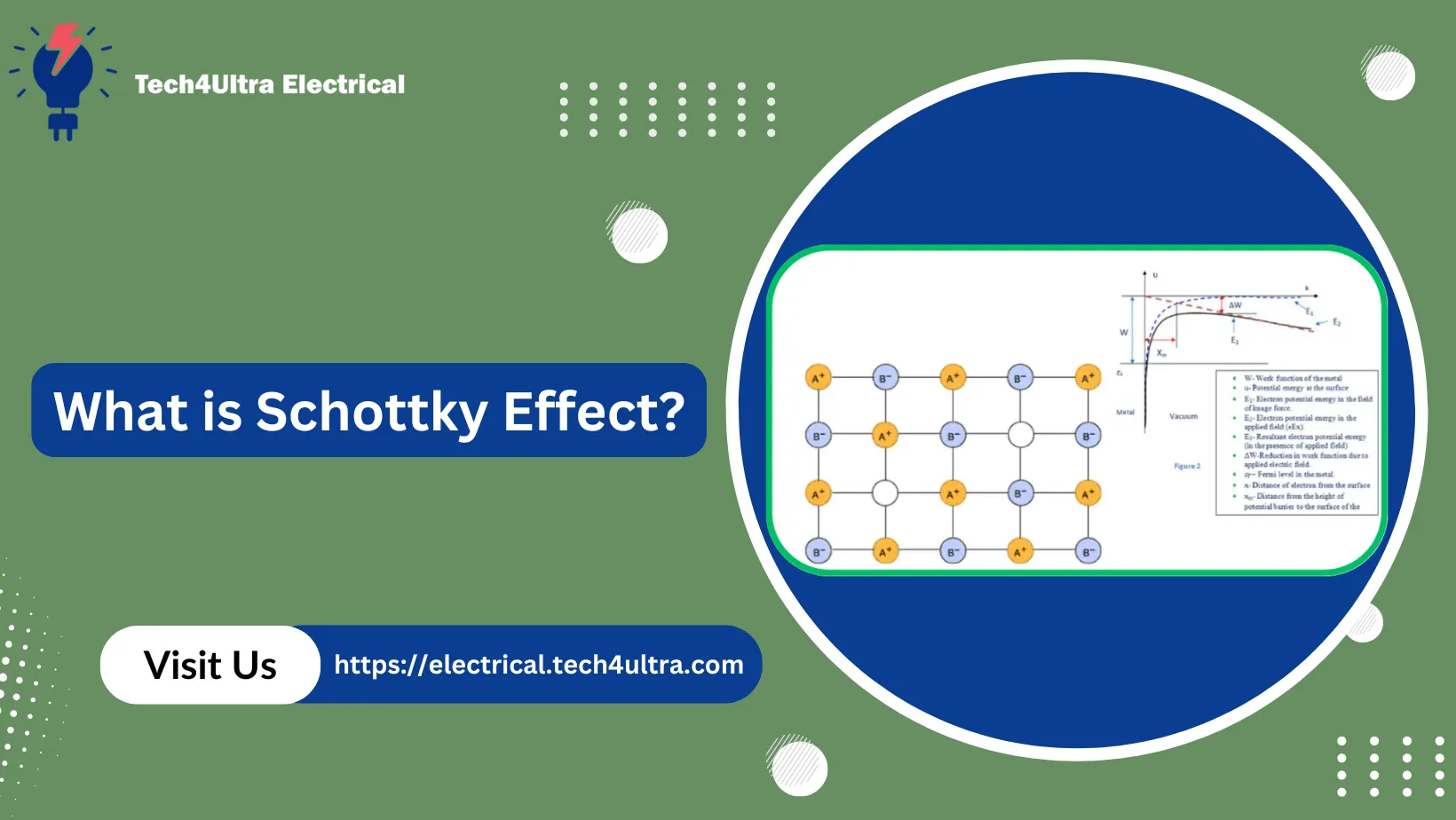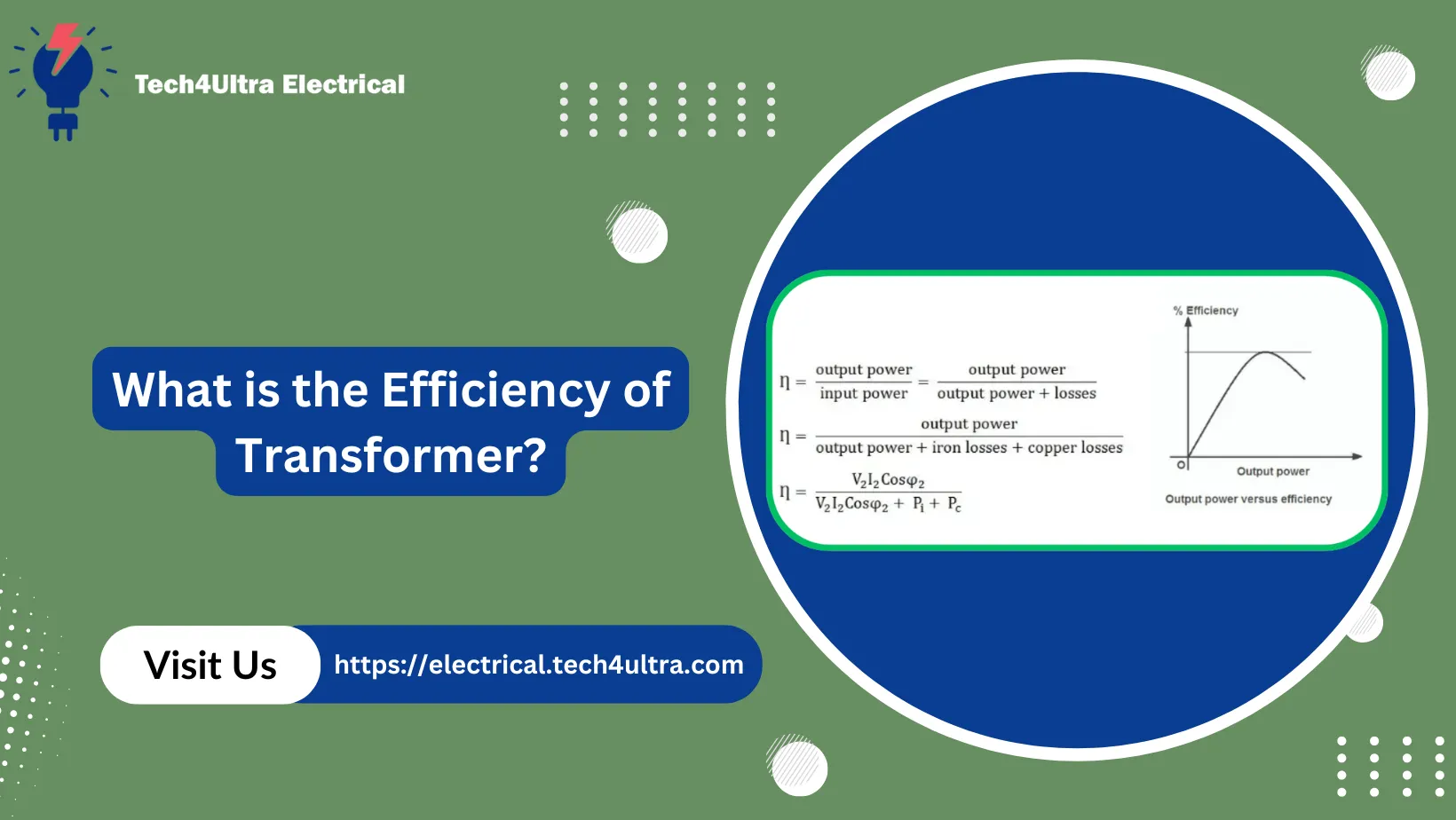Plum Pudding Model Explained: Thomson’s Early Atomic Theory
Have you ever wondered how scientists visualized the atom before the discovery of the nucleus? Many people assume today’s atomic model has always existed—but that’s far from the truth. In this article on the Tech4Ultra Electrical website, we’ll explore Thomson’s Plum Pudding Model, also known as the Thomson Atomic Model, and understand how it represented a groundbreaking

